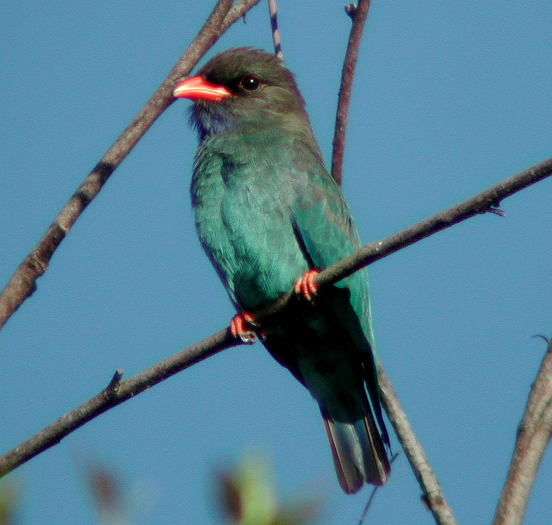Facts About Oriental dollarbird
The Oriental dollarbird, belonging to the roller family, is easily identifiable by its distinctive pale blue or white coin-shaped spots on its wings. This striking bird inhabits a diverse range of regions, from Australia to Korea, Japan, and India. Initially classified under the genus Coracias, it has been known by various names, including the Asian dollarbird, dark roller, and simply, the dollarbird.
There are ten recognized subspecies of the Oriental dollarbird, each residing in distinct locations such as the Himalayas, China, Southeast Asia, and the Pacific Islands. The bird features a dark brown body with a bluish-green sheen, accented by a bright blue throat and undertail. Its orange-red bill is tipped with black. Juveniles are less vividly colored than adults.
The Oriental dollarbird favors open wooded areas, particularly those with trees containing hollows suitable for nesting. In northern and eastern Australia, these birds breed before migrating to New Guinea and nearby islands for the winter. They are typically solitary creatures, often seen perched on high branches, from which they hunt insects, diving down to catch their prey.
This overview encapsulates the essential aspects of the Oriental dollarbird's classification, appearance, range, habitat, and behavior, providing a glimpse into the life of this remarkable bird.
